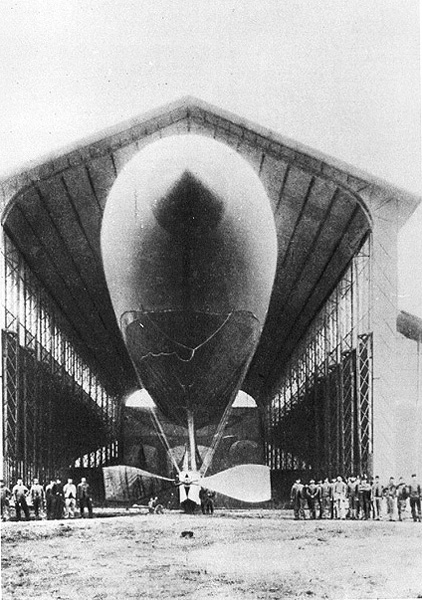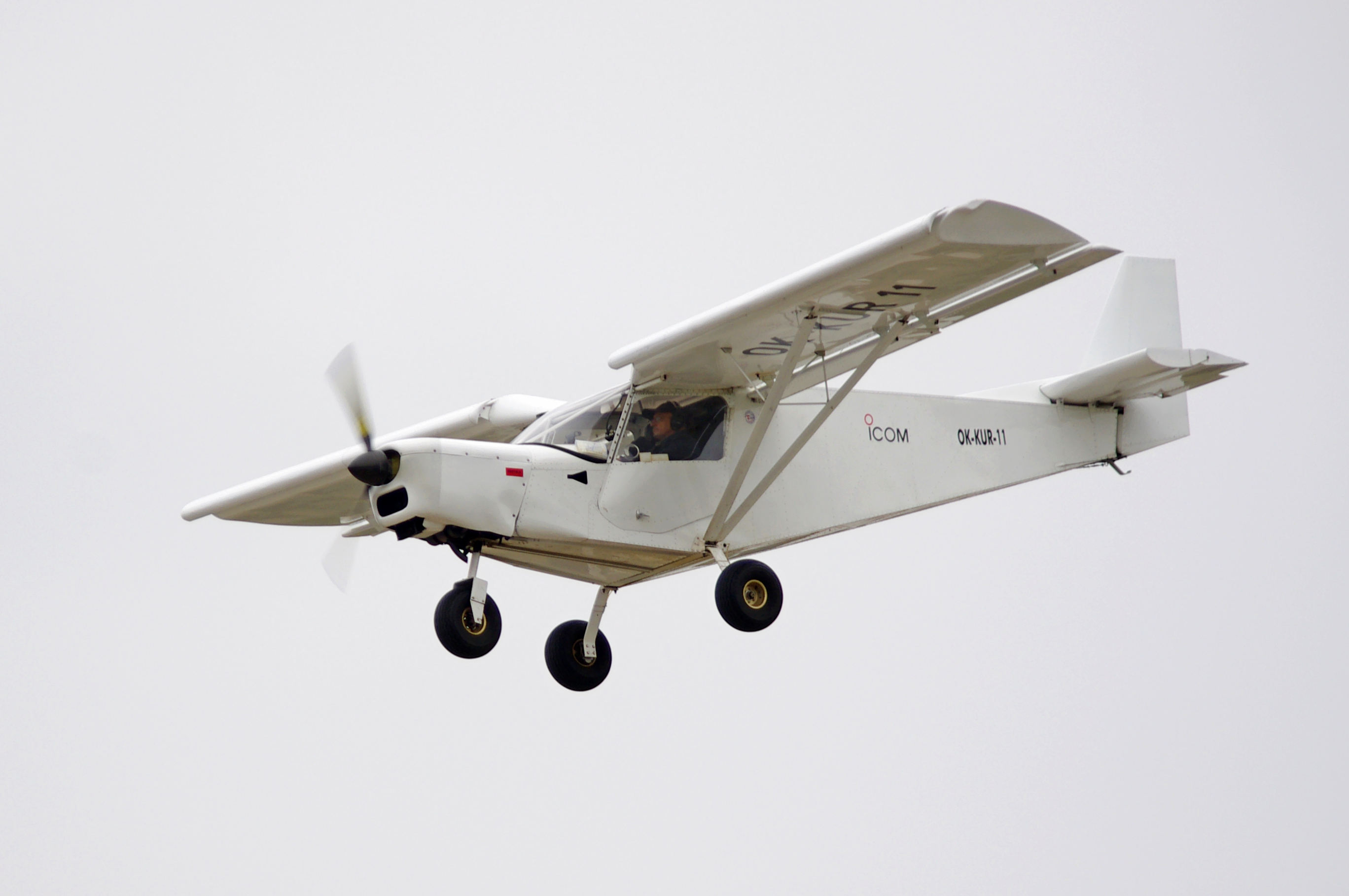|
AVIC AS700 Airship
The AVIC AS700-class of airships (otherwise known as the Xiangyun-class which translates to ''auspicious clouds'') is a class of non-rigid airships built for commercial and tourism use. It is developed and built by AVIC as its first attempt in the civilian airship market. Design and development The AS700 is a medium-sized blimp that is around 48 meters (158 ft) long, a height of 12 meters (39 ft) and a total volume of around 3,500 m3 (123,600 ft3). Like all modern airships, helium is the lifting gas. The AS700 has an ellipsoid hull, with a rigid tail configuration done in an "X" positioning rather than the traditional "+" positioning. The design is considered as a light and cost-effective capsule-shaped airship. The tail has flight control surfaces to allow in ease in steering. The gondola of the airship possess a non-retractable single-point landing gear under the rear which creates a center of gravity that gives the AS700 stability when being ferried on the groun ... [...More Info...] [...Related Items...] OR: [Wikipedia] [Google] [Baidu] |
China
China, officially the People's Republic of China (PRC), is a country in East Asia. With population of China, a population exceeding 1.4 billion, it is the list of countries by population (United Nations), second-most populous country after India, representing 17.4% of the world population. China spans the equivalent of five time zones and Borders of China, borders fourteen countries by land across an area of nearly , making it the list of countries and dependencies by area, third-largest country by land area. The country is divided into 33 Province-level divisions of China, province-level divisions: 22 provinces of China, provinces, 5 autonomous regions of China, autonomous regions, 4 direct-administered municipalities of China, municipalities, and 2 semi-autonomous special administrative regions. Beijing is the country's capital, while Shanghai is List of cities in China by population, its most populous city by urban area and largest financial center. Considered one of six ... [...More Info...] [...Related Items...] OR: [Wikipedia] [Google] [Baidu] |
AVIC
The Aviation Industry Corporation of China (AVIC) is a Chinese state-owned publicly-traded aerospace and defense conglomerate headquartered in Beijing. AVIC is overseen by the State-owned Assets Supervision and Administration Commission of the State Council. It is ranked 140th in the ''Fortune'' Global 500 list as of 2021, and has over 100 subsidiaries, 27 listed companies and 500,000 employees across the globe. AVIC is also the sixth largest defense contractor globally as of 2022 and second largest Chinese defense contractor with total revenue of $79 billion (from both defense and non-defense services). History Since being established on 1 April 1951 as the Aviation Industry Administration Commission, the aviation industry of the People's Republic of China has been through 12 systemic reforms. In 1994, Avic was among the large industrial state-owned enterprises of China which were selected for a pilot program of restructuring as state holding companies, thereby enabling parti ... [...More Info...] [...Related Items...] OR: [Wikipedia] [Google] [Baidu] |
Non-rigid Airships
A non-rigid airship, commonly called a blimp ( /blɪmp/), is an airship (dirigible) without an internal structural framework or a keel. Unlike semi-rigid and rigid airships (e.g. Zeppelins), blimps rely on the pressure of their lifting gas (usually helium, rather than flammable hydrogen) and the strength of the envelope to maintain their shape. Blimps are known for their use in advertising, surveillance, and observation due to their maneuverability, slow speeds and steady flight capabilities. Principle Since blimps keep their shape with internal overpressure, typically the only solid parts are the passenger car (gondola) and the tail fins. A non-rigid airship that uses heated air instead of a light gas (such as helium) as a lifting medium is called a hot-air airship (sometimes there are battens near the bow, which assist with higher forces there from a mooring attachment or from the greater aerodynamic pressures there). Volume changes of the lifting gas due to temperature c ... [...More Info...] [...Related Items...] OR: [Wikipedia] [Google] [Baidu] |
Blimp
A non-rigid airship, commonly called a blimp (Help:IPA/English, /blɪmp/), is an airship (dirigible) without an internal structural framework or a keel. Unlike semi-rigid airship, semi-rigid and rigid airships (e.g. Zeppelins), blimps rely on the pressure of their lifting gas (usually helium, rather than flammable hydrogen) and the strength of the envelope to maintain their shape. Blimps are known for their use in advertising, surveillance, and observation due to their maneuverability, slow speeds and steady flight capabilities. Principle Since blimps keep their shape with internal overpressure, typically the only solid parts are the passenger car (gondola) and the empennage, tail fins. A non-rigid airship that uses heated air instead of a light gas (such as helium) as a lifting medium is called a thermal airship, hot-air airship (sometimes there are battens near the bow, which assist with higher forces there from a mooring attachment or from the greater aerodynamic pressures t ... [...More Info...] [...Related Items...] OR: [Wikipedia] [Google] [Baidu] |
Helium
Helium (from ) is a chemical element; it has chemical symbol, symbol He and atomic number 2. It is a colorless, odorless, non-toxic, inert gas, inert, monatomic gas and the first in the noble gas group in the periodic table. Its boiling point is the lowest among all the Chemical element, elements, and it does not have a melting point at standard pressures. It is the second-lightest and second-most Abundance of the chemical elements, abundant element in the observable universe, after hydrogen. It is present at about 24% of the total elemental mass, which is more than 12 times the mass of all the heavier elements combined. Its abundance is similar to this in both the Sun and Jupiter, because of the very high nuclear binding energy (per nucleon) of helium-4 with respect to the next three elements after helium. This helium-4 binding energy also accounts for why it is a product of both nuclear fusion and radioactive decay. The most common isotope of helium in the universe is helium-4, ... [...More Info...] [...Related Items...] OR: [Wikipedia] [Google] [Baidu] |
Ballonet
A ballonet is an inflatable bag inside the outer envelope of an airship which, when inflated, reduces the volume available for the lifting gas, making it more dense. Because air is also denser than the lifting gas, inflating the ballonet reduces the overall lift, while deflating it increases lift. In this way, the ballonet can be used to adjust the lift as required. Ballonets may typically be used in non-rigid or semi-rigid airships, commonly with multiple ballonets located both fore and aft to maintain balance and to control the pitch of the airship. The image illustrates the principle of a balloon within a balloon. The outer balloon represents the airship's outer envelope or gasbag, while the red inner balloon represents the ballonet. In an airship the ballonet would be much smaller relative to the size of the gasbag; for example, in the French airship Lebaudy Patrie the volume of the ballonet was approximately one-fifth that of the envelope. History The ballonet was fi ... [...More Info...] [...Related Items...] OR: [Wikipedia] [Google] [Baidu] |
STOL
A short takeoff and landing (STOL) aircraft is a fixed-wing aircraft that can takeoff/land on short runways. Many STOL-designed aircraft can operate on airstrips with harsh conditions (such as high altitude or ice). STOL aircraft, including those used in scheduled passenger airline operations, can be operated from STOLport airfields that feature short runways. Design STOL aircraft come in configurations such as bush planes, autogyros, and Conventional landing gear, taildraggers, and those such as the de Havilland Canada Dash-7 that are designed for use on conventional airstrips. The PAC P-750 XSTOL, the Daher Kodiak, the de Havilland Canada DHC-6 Twin Otter and the Wren 460 have STOL capability, needing a short ground roll to get airborne, but are capable of a near-zero ground roll when landing. For any plane, the required runway length is a function of the square of the stall speed (minimum flying speed), and much design effort is spent on minimizing this number. For take ... [...More Info...] [...Related Items...] OR: [Wikipedia] [Google] [Baidu] |
VTOL
A vertical take-off and landing (VTOL) aircraft is one that can takeoff and landing, take off and land vertically without relying on a runway. This classification can include a variety of types of aircraft including helicopters as well as thrust-vectoring fixed-wing aircraft and other hybrid aircraft with powered helicopter rotor, rotors such as cyclogyro, cyclogyros/cyclocopters and gyrodynes. Some VTOL aircraft can operate in other modes as well, such as CTOL (conventional take-off & landing), STOL (short take-off & landing), or STOVL (short take-off & vertical landing). Others, such as some helicopters, can only operate as VTOL, due to the aircraft lacking landing gear that can handle taxiing. VTOL is a subset of V/STOL (vertical or short take-off & landing). Some aerostat, lighter-than-air aircraft also qualify as VTOL aircraft, as they can hover, takeoff and land with vertical approach/departure profiles. Electric vertical takeoff and landing aircraft, or eVTOLs, are being ... [...More Info...] [...Related Items...] OR: [Wikipedia] [Google] [Baidu] |
Civil Aviation Administration Of China
The Civil Aviation Administration of China (CAAC; ) is the civil aviation authority of the People's Republic of China, under the Ministry of Transport of the People's Republic of China, Ministry of Transport. It oversees civil aviation and investigates aviation accidents and incidents. As the aviation authority responsible for China, it concludes civil aviation agreements with other aviation authorities, including those of the special administrative regions of China which are categorized as "special domestic." It directly operated CAAC (airline), its own airline, China's aviation monopoly, until 1988. The agency is headquartered in Dongcheng, Beijing. History On 2 November 1949, shortly after the founding of the People's Republic of China, the CCP Central Committee decided to found the Civil Aviation Agency under the name of the Central Military Commission (China), People's Revolutionary Military Commission, and under the command of the People's Liberation Army Air Force, to ... [...More Info...] [...Related Items...] OR: [Wikipedia] [Google] [Baidu] |
Lycoming IO-390
The Lycoming IO-390 engine is a Flat engine, horizontally opposed, four-cylinder aircraft engine, manufactured by Lycoming Engines. There is no carburetor, carburetted version of the engine, which would have been designated O-390 and therefore the base model is the IO-390. Design and development The engine was originally conceived in the 1970s as the IO-400-X, but the project was never pursued. The IO-390 family of engines, which Lycoming refers to as the IO-390-X, produce to . The IO-390 was developed from the similar Lycoming O-360, IO-360 engine, to increase the O-360's cylinder bore. (Although the IO-390 cylinder assembly is not the same part number as the IO-580, the cylinder barrels of both have a 5.318 bore and 4.375 stroke dimension.) It features a tuned induction system, roller tappets and Slick Start ignition. The engine has a fuel injection system which meters fuel in proportion to the induction airflow with fuel vaporization taking place at the intake ports. The ... [...More Info...] [...Related Items...] OR: [Wikipedia] [Google] [Baidu] |








